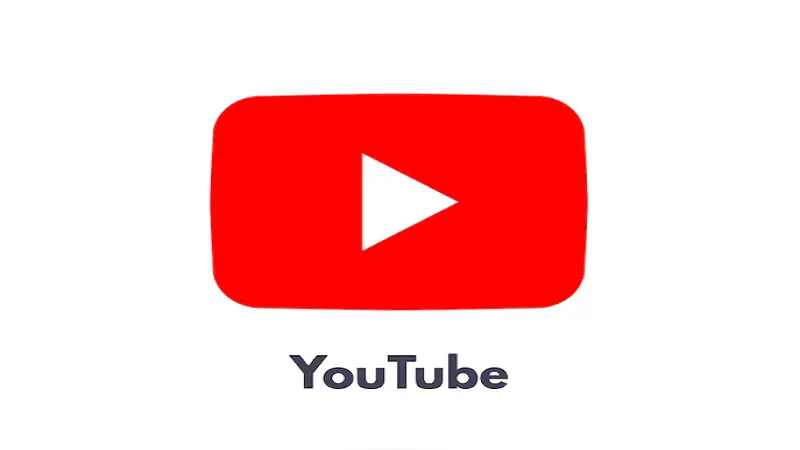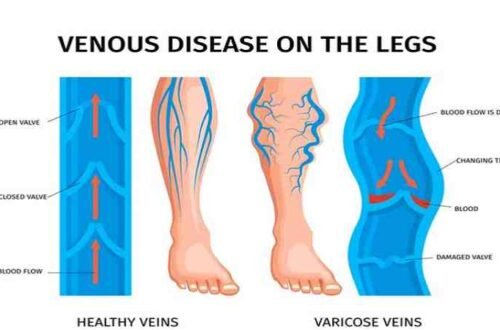YouTube, a household name today, has revolutionized the way we consume, share, and create content. From humble beginnings as a video-sharing platform, YouTube has evolved into a global powerhouse influencing entertainment, education, and even business. In this article, we’ll explore YouTube’s journey, its impact on different aspects of society, and what the future holds for this digital giant. YouTube: The Evolution of a Digital Giant and Its Impact on Society
The Birth of YouTube: From Idea to Global Phenomenon
YouTube was founded in 2005 by three former PayPal employees: Chad Hurley, Steve Chen, and Jawed Karim. The idea was born out of a simple need—a place to share videos easily. The first-ever video, titled “Me at the Zoo,” was uploaded by Karim, showcasing a casual clip of him talking about elephants at the San Diego Zoo. Little did anyone know that this unassuming video would be the starting point of a platform that now boasts over 2.7 billion monthly active users. YouTube: The Evolution of a Digital Giant and Its Impact on Society
YouTube’s early appeal lay in its simplicity and accessibility. Users could upload videos for free, watch content on various topics, and share videos across the internet. By 2006, YouTube’s growth caught the attention of Google, which acquired the platform for $1.65 billion. This acquisition provided YouTube with the resources and infrastructure to expand rapidly, setting the stage for its global dominance.
YouTube’s Impact on Entertainment and Media
YouTube has disrupted the traditional media landscape in ways that were unimaginable just a decade ago. Before YouTube, television and film studios had a tight grip on what content was available to the public. YouTube democratized content creation, giving anyone with a camera and internet access the ability to share their voice with the world.
Rise of the Content Creator
One of the most significant shifts YouTube introduced was the rise of the content creator. Ordinary people became influencers, celebrities, and entrepreneurs by creating engaging videos on topics ranging from beauty and gaming to cooking and education. This new wave of digital creators, known as YouTubers, gained massive followings and, in some cases, rivaled traditional celebrities in popularity and influence.
Take PewDiePie, for example, a Swedish gamer who became one of the most subscribed YouTubers by creating videos of himself playing and commenting on video games. His rise to fame was emblematic of YouTube’s unique ability to elevate niche interests into mainstream entertainment. Similarly, beauty gurus like Michelle Phan and James Charles transformed YouTube from a simple video-sharing site into a launchpad for careers, brands, and businesses.
Transforming Music and Entertainment
YouTube has also played a critical role in reshaping the music industry. Artists like Justin Bieber, Shawn Mendes, and Billie Eilish got their start by uploading videos to YouTube, bypassing traditional routes like record labels. The platform has become a key player in music promotion, with music videos and lyric videos attracting billions of views.
YouTube’s influence extends beyond music. The platform has been a launchpad for various entertainment forms, such as web series, podcasts, and vlogs, which have gained popularity alongside traditional TV shows and movies. YouTube’s algorithm-driven recommendations keep viewers hooked, creating an endless stream of content tailored to individual interests. YouTube: The Evolution of a Digital Giant and Its Impact on Society
Educational Content: YouTube as a Learning Hub
YouTube’s impact isn’t limited to entertainment. It has emerged as a vital educational tool, offering tutorials, lectures, and how-to guides on virtually every subject imaginable. The accessibility of educational content has democratized learning, allowing people from all walks of life to acquire new skills, learn languages, or even study advanced topics like quantum physics.
Self-Learning and DIY Culture
DIY (Do-It-Yourself) culture has flourished on YouTube, with creators offering step-by-step guides on everything from home improvement to cooking gourmet meals. Channels like Tasty and Binging with Babish have transformed cooking into a visually appealing, easy-to-follow experience. Similarly, tech enthusiasts can find in-depth reviews, unboxing, and tutorials on the latest gadgets.
The rise of educational channels like Khan Academy, CrashCourse, and TED-Ed has further cemented YouTube’s reputation as a valuable educational resource. Students can access free courses on topics like history, science, and mathematics, supplementing their formal education or enabling self-paced learning.
YouTube’s Influence on Business and Marketing
YouTube is not just a platform for creators and learners; it’s also a crucial tool for businesses. From small startups to multinational corporations, companies leverage YouTube to reach new audiences, advertise products, and establish a brand presence.
The Power of Video Marketing
Video marketing has become an essential strategy for businesses, and YouTube is at the forefront of this shift. Brands use the platform to launch ad campaigns, showcase products, and engage with customers in a visually dynamic way that text-based content can’t match. For example, Nike, Coca-Cola, and Apple frequently use YouTube to launch new products, share brand stories, and create buzz around their latest offerings.
Small businesses, too, have found success on YouTube by creating niche content that resonates with their target audience. Tutorials, product demonstrations, and customer testimonials are popular content types that drive engagement and sales. YouTube: The Evolution of a Digital Giant and Its Impact on Society
Monetization and Ad Revenue
YouTube’s monetization options have also attracted countless entrepreneurs and businesses. Through the YouTube Partner Program, creators can earn money from ads displayed on their videos. Additionally, YouTube offers channel memberships, Super Chats during live streams, and the YouTube Premium subscription service, providing multiple revenue streams for creators.
However, the platform’s ad revenue model is not without controversy. Changes in YouTube’s policies, such as the introduction of stricter guidelines for monetization and the demonetization of videos deemed unsuitable for advertisers, have sparked debates about censorship and the platform’s impact on creators’ livelihoods. YouTube: The Evolution of a Digital Giant and Its Impact on Society
Challenges and Controversies
Despite its successes, YouTube has faced its fair share of challenges and controversies. Issues such as content moderation, misinformation, and the impact of the algorithm on mental health have sparked criticism.
Content Moderation and Misinformation
YouTube has struggled to find the balance between allowing freedom of expression and ensuring that harmful or misleading content does not proliferate. The spread of misinformation, particularly on topics like health, politics, and climate change, has been a significant concern. YouTube has implemented measures such as fact-check labels and limiting the reach of problematic videos, but critics argue that more needs to be done.
The Algorithm and Mental Health
YouTube’s algorithm, designed to keep viewers engaged by recommending videos based on past viewing habits, has been both a blessing and a curse. While it helps users discover new content, it has also been accused of creating echo chambers and promoting extreme or sensationalist content. Moreover, the pressure on creators to consistently produce content to keep up with the algorithm can lead to burnout and mental health issues.
The Future of YouTube: What’s Next?
Looking ahead, YouTube continues to evolve with new features, technologies, and strategies aimed at enhancing user experience and staying ahead of competitors like TikTok, Instagram Reels, and Twitch.
Embracing Short-Form Content
In response to the growing popularity of short-form video content, YouTube launched YouTube Shorts—a feature that allows users to create and share brief, engaging videos. This move positions YouTube as a direct competitor to TikTok and Instagram Reels, catering to the increasing demand for quick, digestible content. YouTube: The Evolution of a Digital Giant and Its Impact on Society
Enhancing Live Streaming
Live streaming has become a significant focus for YouTube, with features that support gaming, events, and real-time interactions between creators and viewers. YouTube is continually enhancing its live streaming capabilities, offering monetization options and engaging features like live chat and Super Stickers. YouTube: The Evolution of a Digital Giant and Its Impact on Society
Expanding Educational Content
YouTube’s investment in educational content is expected to grow, with new initiatives to support learning and skill development. Features like Courses, which allow creators to sell educational content directly on YouTube, and partnerships with institutions and educators will likely expand the platform’s role as a global learning hub. YouTube: The Evolution of a Digital Giant and Its Impact on Society
Conclusion
From its humble beginnings as a simple video-sharing platform, YouTube has transformed into a multifaceted digital giant that touches nearly every aspect of modern life. Its influence on entertainment, education, business, and culture profoundly empowers individuals and companies alike to share their stories, learn new skills, and connect with audiences worldwide.
While challenges remain, YouTube’s ongoing innovations and adaptability suggest that it will continue to shape the digital landscape for years. Whether you’re a creator, a learner, or just a casual viewer, YouTube has something for everyone—making it one of the most powerful platforms of our time. YouTube: The Evolution of a Digital Giant and Its Impact on Society





